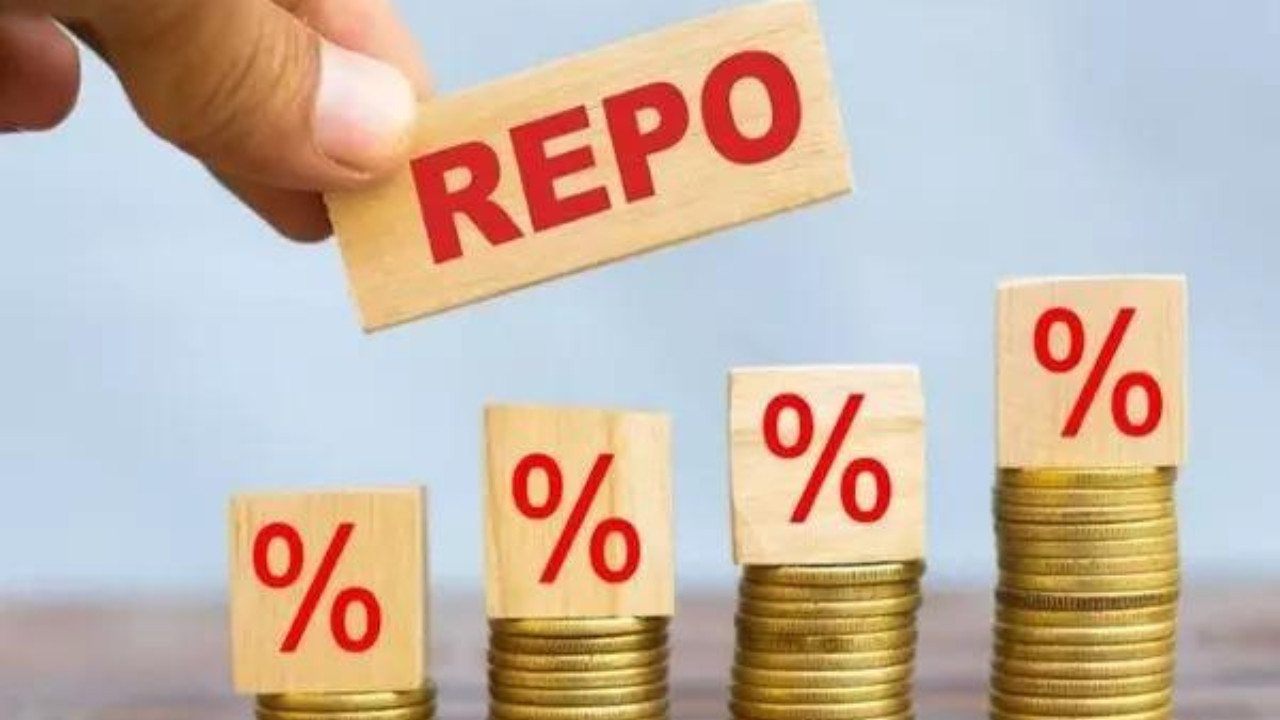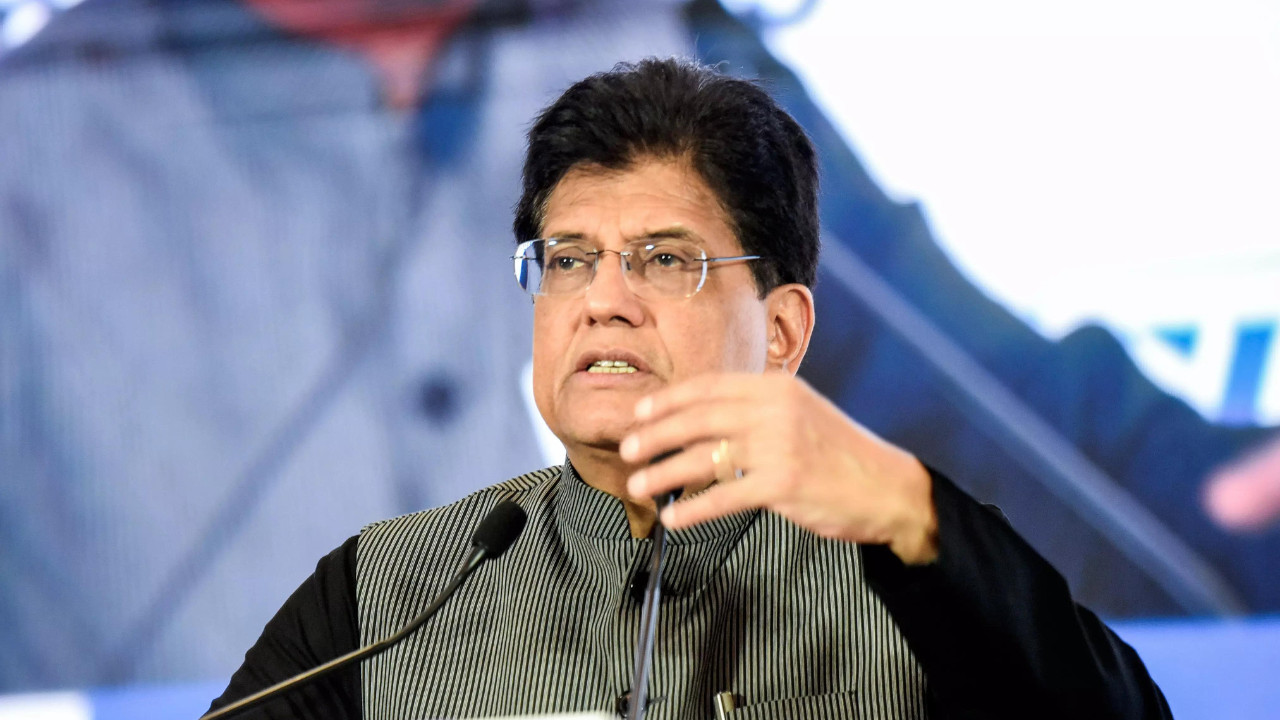SBI research advocates for a 25 basis points repo rate cut, citing benign inflation and calling it the RBI’s best option. However, many experts anticipate the Monetary Policy Committee will maintain a status quo, awaiting global impact and assessing recent GST rationalization, despite some economists foreseeing a cut due to disinflationary pressures.
Decoding the RBI’s Next Move: Rate Cut on the Horizon?
The air is thick with anticipation as we approach the next Reserve Bank of India (RBI) monetary policy meeting. Will they hold steady, or will they pull the trigger on a rate cut? The financial community is buzzing, and opinions are sharply divided. For months, the RBI has skillfully walked a tightrope, balancing the need to control inflation with the desire to fuel economic growth. Now, the question is: can they afford to loosen their grip?
SBI, India’s largest lender, seems to think so. They’ve publicly stated that a 25 basis point (bps) easing is the most likely scenario. This would be a welcome relief for borrowers, potentially lowering interest rates on everything from home loans to business credit. It could inject much-needed momentum into key sectors and spur consumer spending. But is it the right move at this crucial juncture?
The counter-argument, and one echoed by a substantial portion of analysts, is that maintaining the status quo is the wiser path. Inflation, though moderating, is still a persistent concern. Prematurely cutting rates could reignite inflationary pressures, undoing the hard-won gains of the past year. The global economic landscape remains volatile, with geopolitical uncertainties and fluctuating commodity prices adding to the complexity. A steady hand on the tiller might be just what the economy needs to navigate these turbulent waters.
The Case for a Rate Cut
SBI’s optimism stems from several factors. They point to the easing of inflation, the stable rupee, and the government’s commitment to fiscal consolidation. These positive indicators suggest that the RBI has some room to maneuver. A modest rate cut could provide a much-needed stimulus to the economy without significantly jeopardizing price stability. Furthermore, the monsoon season is expected to be favorable, which could further dampen food inflation and bolster rural demand.

A rate cut could also have a positive impact on corporate earnings. Lower borrowing costs would improve profitability, encouraging businesses to invest and expand. This, in turn, could create jobs and boost overall economic activity. For small and medium-sized enterprises (SMEs), which often struggle to access affordable credit, a rate cut could be a lifeline, enabling them to grow and compete more effectively.
Why a Status Quo Might Be Best
However, the opposing view emphasizes the lingering risks. While inflation has cooled, it remains above the RBI’s target range. Moreover, global factors, such as rising oil prices and supply chain disruptions, could easily push inflation back up. Prematurely easing monetary policy could send the wrong signal, undermining the RBI’s credibility and potentially triggering a sell-off in the rupee.
Maintaining the status quo would allow the RBI to observe the evolving economic situation more closely. They can assess the impact of previous policy measures and fine-tune their approach accordingly. It would also provide a buffer against unexpected shocks, allowing the central bank to respond more effectively if necessary. Moreover, with the US Federal Reserve still expected to maintain its hawkish stance, a rate cut by the RBI could widen the interest rate differential, potentially leading to capital outflows.
The RBI’s Tightrope Walk: What’s Next?
The RBI faces a difficult decision. Both a rate cut and maintaining the status quo have their merits and drawbacks. The optimal path will depend on a careful assessment of the available data, a deep understanding of the underlying risks, and a forward-looking perspective on the evolving economic landscape. It’s a delicate balancing act, and the stakes are high. The repercussions of their decision will reverberate throughout the economy, affecting businesses, consumers, and the overall trajectory of growth. Whatever the decision, it needs to be clearly communicated to ensure that the markets can adequately interpret the implications. We’ve previously discussed how clear communication from financial institutions can boost market confidence; a lesson that will be vital in the coming days.
Ultimately, the RBI’s decision will reflect its judgment on the relative importance of supporting growth versus controlling inflation. It will be a signal of their confidence in the Indian economy’s resilience and its ability to navigate the challenges ahead. Only time will tell if they made the right call.
(Image source for the above image would need to be inserted here.)
URL Slug: rbi-rate-cut-decision







